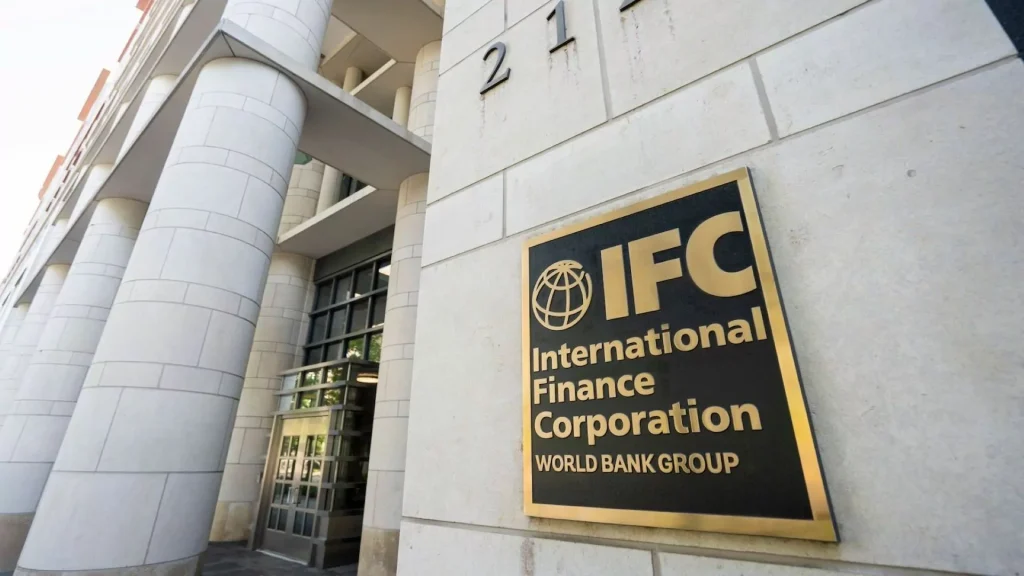
- Succession Is Not Heredity. It Is Design.
A close friend of mine who has known my family and me for the past 17 years asked if I am grooming my son for the family business.
She expected a yes. My answer was no. She looked at me again and asked, “Are you not grooming your son for the family business?” Her tone suggested she already knew the answer.
 She assumed that, of course, a son would be on a direct path to inherit the businesses I’ve spent years building.
She assumed that, of course, a son would be on a direct path to inherit the businesses I’ve spent years building.
The look on her face when I gave my honest reply was pure shock. She was certain of her assumption, and my reality was far from it.
The idea that lineage equals leadership, as a business person, does not sit well with me.
My take is that this assumption does not protect your business, nor your customers, nor the legacy and value of your business. Design does.
Allow me to offer a fresh perspective on how succession ought to be done today.
 You see, succession is a deliberate, multi-year process. It selects the right leader based on fit and readiness, not proximity to the founder.
You see, succession is a deliberate, multi-year process. It selects the right leader based on fit and readiness, not proximity to the founder.
That view aligns with trends across East Africa, where family businesses continue to push for stronger governance to secure continuity and trust with stakeholders.
Recent regional surveys show active attention to governance and resilience in Kenya, Tanzania, Uganda, Rwanda, and Ethiopia, with owners weighing how to protect legacy while growing through uncertainty.
 The discussion now sits squarely in strategy, not sentiment. Kenya’s data shows why a structured approach matters.
The discussion now sits squarely in strategy, not sentiment. Kenya’s data shows why a structured approach matters.
In PwC’s Kenya Family Business Survey 2018, a little over half of respondents reported having a succession plan, yet only 17 percent
described their plan as robust, formalized, and communicated.
That gap invites confusion, internal conflict, and customer risk during transitions. The remedy? A clear process with defined roles, timelines, and communication.
 Obtaining this is simple.
Obtaining this is simple.
Treat succession as a system. First, define the job. A one-page CEO scorecard sets outcomes, decision standards, and non-negotiable behaviors.
Publish it to family and senior leaders. Second, develop a bench.Give two or three leaders real P&L ownership and rotate them through customers, operations, finance, and people. Review performance against the scorecard each quarter.
Third, upgrade governance.Add independent directors, schedule annual succession drills, and keep a crisis handover file updated twice a year.

These steps reduce noise and keep attention on execution.
You see, ownership and leadership are separate tracks. Families that plan both reduce tax risk, preserve control where needed, and avoid rushed transfers.
The International Finance Corporation points to family constitutions as a practical anchor. A constitution records shared values, decision rights, and rules for entry, development, and exit.
It clarifies the relationship between family, management, and the board. It also lowers the temperature when difficult choices arise.
Values sit at the center of this approach.
 Skills change every cycle, values guide behavior when facts are uncertain. Successors need a clear view of purpose, customer promise, and red lines.
Skills change every cycle, values guide behavior when facts are uncertain. Successors need a clear view of purpose, customer promise, and red lines.
That alignment earns trust with employees and key accounts, especially during the first 100 days of a transition. Firms that focus on tomorrow’s demands, not yesterday’s habits, prepare heirs and non-family leaders for markets shaped by data, AI, and climate risk.
Advisory work across global family enterprises stresses this point, urging leaders to train for the business that
the next generation will face, not only the business that exists today.
The family dimension deserves clarity. It is okay to invite children to explore the enterprise, but do not promise roles. Encourage external internships and mastery elsewhere.
 If they return, they return as professionals, ready to compete on the same scorecard as anyone else. If they choose another path, celebrate that path. The company still thrives because leadership is earned, not inherited by default.
If they return, they return as professionals, ready to compete on the same scorecard as anyone else. If they choose another path, celebrate that path. The company still thrives because leadership is earned, not inherited by default.
I strongly believe that founders should distinguish between their legacy and their role. This allows values to transform from mere slogans into tangible behaviors, leading to orderly rather than reactive transitions. This is my fresh perspective on succession and leadership readiness.









